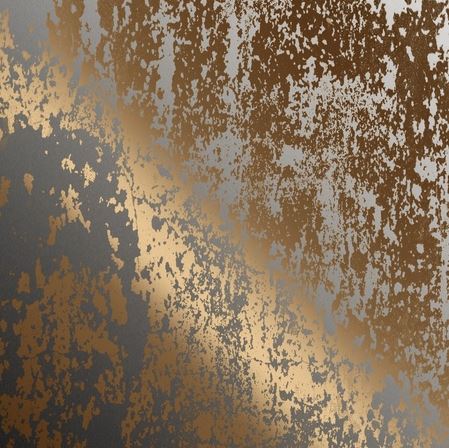Tuesday, April 11, 2017
Do you want to prevent a stainless steel product from rusting in the future? One of the most effective ways to do it is by using a process called passivation.

The concept behind passivation is actually pretty simple. During the passivation process, an acid solution containing either nitric or citric acid is applied to the surface of stainless steel to remove all of the free iron from it. Once the iron is completely gone, the other components that are found within stainless steel, including chromium, are able to form a thin layer over the surface of the stainless steel. That layer then reacts with the oxygen in the air, resulting in the creation of an oxide layer that is able to prevent stainless steel from rusting or corroding.
After you have passivated stainless steel, you may be required to do it again in the future, especially if it is exposed to the items listed above on a regular basis. Cleaning products, salt and any heat source can wreak havoc on stainless steel and eventually lead to rusting down the line. That’s why it’s important to keep a close eye on stainless steel that has been passivated and consider the passivation process again if you ever notice any issues with it.
Lowrance Machine Shop offers a series of value-added services to our customers. No matter your needs or industry, we can work with you to create a solution that works for you and your operations. To learn more about the benefits of passivation or any of our other services, contact us at 281-449-6524 today.
